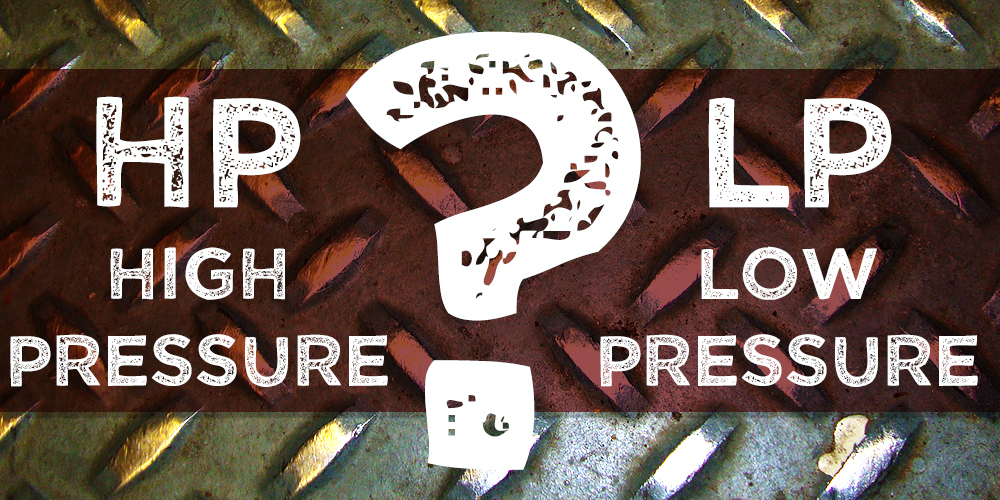What's In The Air?
By on Jun 3rd 2019
Low Pressure or High Pressure, Choose Respirator Based on Quality of Air Supply

Health and safety regulators are taking a closer look at how blast operators use their high-pressure respirators, long the main-stay of the blasting industry the world over. Their primary concern – what is in the air supplied to the helmet?
High-pressure respirators must be connected to a source of Grade D breathing air capable of delivering 6 to 20 cfm at 100 psi or less. Actual air consumption will depend on the respirator specifications, the length of hose used, and the accessories installed. The respirator air supply must be monitored for carbon monoxide and tested regularly to ensure it meets Grade D standards.
In practice, many blast operators tap into the same air supply they use to blast. The quality of this air supply can vary widely, depending on the condition and location of the compressor. In general, these high-volume, high-pressure compressors are not designed to supply breathing air. To be safe, a high-pressure respirator should be connected to a breathing-air compressor. These compressors have built-in safeguards to ensure a steady supply of clean air. An economical alternative is a low-pressure respirator, which gets its air from an ambient air pump.
The air pump must be located outside the blast environment, and away from sources of contamination. If paint fumes, vehicle exhaust, or burn barrel smoke reach the pump, these contaminants will be pushed into the respirator and inhaled by the operator.
So what system should you choose?
If you have a modern, well-maintained compressor capable of delivering consistently clean Grade D air, it can serve as a source for high-pressure breathing air. Have an industrial hygienist establish a regimen for monitoring and documenting air quality. If your compressor is not suitable for breathing air and you work in extreme heat or extreme cold, invest in a breathing air compressor. Unlike the ambient air pump, this high-pressure air source can support devices that cool or warm the air entering the respirator, keeping the operator more comfortable and more productive. Again, you must monitor and document air quality. If the quality of your high-pressure supply is suspect, switch to a low-pressure respirator and an ambient air pump.
The criteria for Grade D breathing air are defined by the Compressed Gas Association and used as a standard by OSHA. For a copy of the current standard, visit their website at www.cganet.com .
For additional information, order a free copy of Clemco’s “Abrasive Blasting Safety Practices.”, stock number 22090. This publication is also available in Spanish. Call Customer Service at 636 239-4300 or visit www.clemcoindustries.com to order a free copy.






